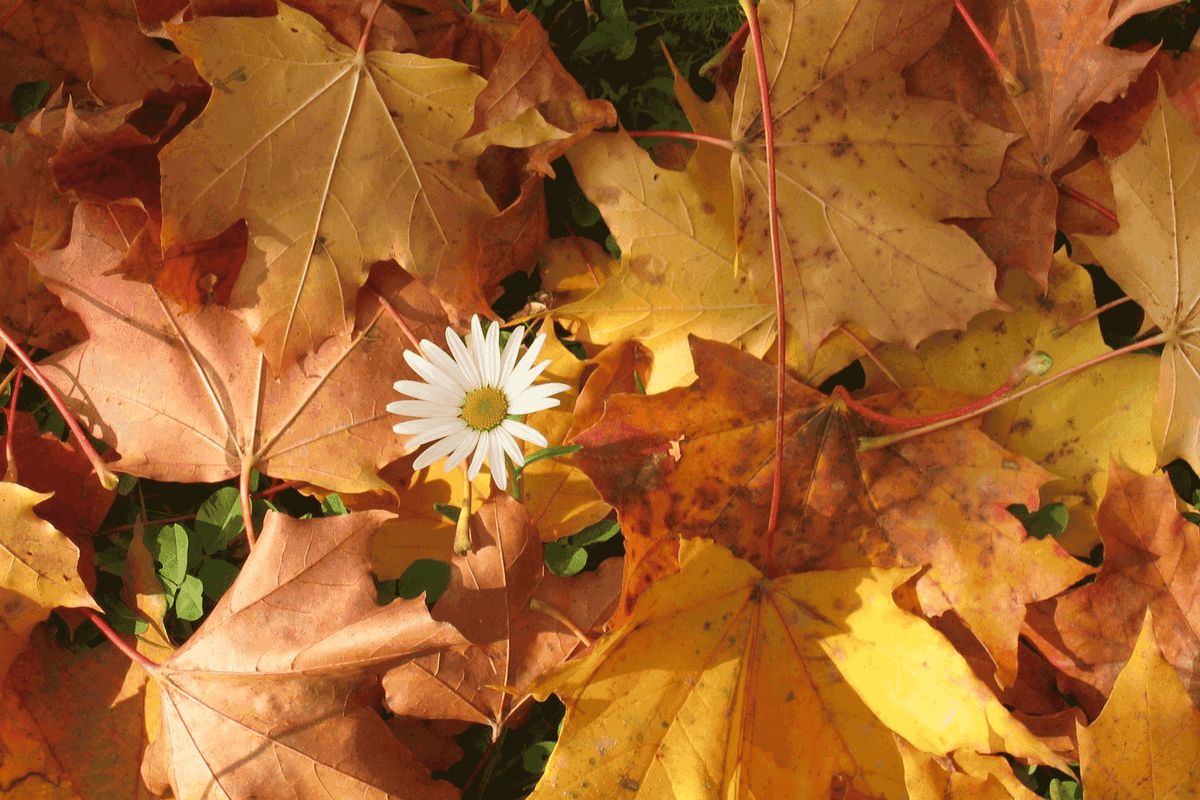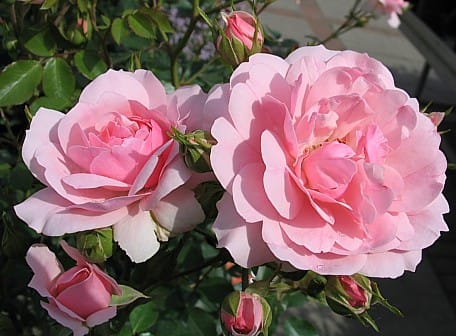Take Action in Autumn for Winter

“As long as Autumn lasts, I shall not have hands, canvas and colors enough to paint the beautiful things I see” ...Vincent Van Gogh.
As I sit on the deck sipping my morning coffee and overlooking the Baltic Sea, it is the beginning of fall.
As the fresh crisp air brushes across my cheek, a farmer drives by in his tractor with his morning harvest of corn, the cows are meandering along the beach grazing on the last of the summer grasses and the squawking geese, flying in a perfect "V" formation, are heading steadily south to warmer climates. This is my cue to get the garden ready for winter.
Autumn is a transitional time between summer and winter when the air gets cooler, the leaves turn amazing colors, the days get shorter and nights get longer. It is also a time for harvesting, pruning, weeding, mulching, lawn care, planting bulbs, and equipment maintenance. These tasks are important to protect your garden from the harsh winter elements and prepare for spring.
Start out by inspecting your garden for weeds and diseased plants. This gives you a chance to analyze the garden and identify any problem areas. Pull weeds from the garden before they seed and remove diseased leaves from shrubs and perennials. It is important not add them to the compost bin and to remove them from the property. This will minimize the spreading of weed seeds and disease.
Next, identify the spent annuals in the garden and remove them. If they are disease free and non-toxic, feel free to compost them; otherwise, remove them from the property just like the weeds and diseased plants.
After you have removed the unwanted plants, then cut back the perennials. I take this time to cut back the thyme, lavender, oregano, chives, mint, parsley and rose hips, then dry and freeze them to season my soups, stews, vegetables and cocktails.
Prepare the garden beds with fresh organic soil and plant your spring bulbs and shrubs to get a jump on the spring season.
Add a couple of inches of organic mulch to the planter beds. You should also rake up the fallen leaves from the trees and use them for compost and mulch. This will help shelter the plants during winter and provide nutrients to the soil.
Continue mowing the lawn if it still growing and make sure you remove fallen leaves from the trees. Leaves left on the lawn during winter will promote mildew and invite fungus and disease in the lawn areas. Also, make sure you remove leaves from patios and walkways as they will become slippery when wet. If you have bare areas in the lawn this is the time to overseed it to get a jump on spring.
One of the most important things you should do is store and take care of your garden tools. This is the time to sharpen saws and clippers, have lawn mowers serviced and clean tools to minimize rust and transferring diseases to other plants. You should also protect tools, wheelbarrows, shovels, rakes, lawnmowers and other equipment by storing them in a covered shed. Protecting them from rain and snow will extend the life of your tools for years to come.
Equally important is maintaining your irrigation systems. Before the first frost, you should empty or blow out the pipes of the irrigation system, hoses, outdoor showers and well pumps. Leaving water in unpressurized pipes will freeze in winter and crack or destroy pipes and equipment.
In conclusion, by following these simple tasks in the fall, you can settle in for a nice cozy winter, sitting in front of your fireplace enjoying a nice cup of cocoa knowing with confidence, you are ready for spring.
Find Us on Social Media: Facebook | Instagram | TikTok





